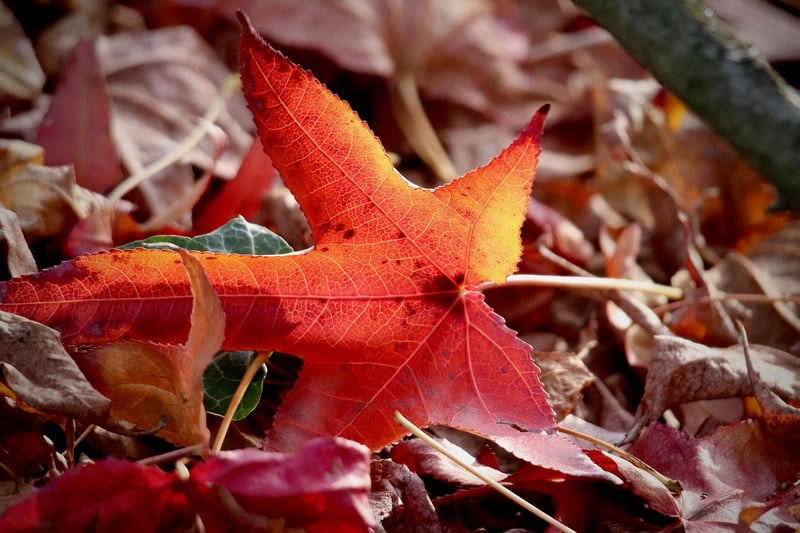Pruning Techniques
Guidance on Nurturing Plants and Pruning Techniques
Nurturing Plants
Plants, like humans, require care and attention to thrive. Here are some tips for nurturing your plants:
1. Watering
Ensure your plants receive the right amount of water. Overwatering can lead to root rot, while underwatering can cause wilting. Check the soil moisture regularly.
2. Sunlight
Place your plants in an area with adequate sunlight. Different plants have different light requirements, so make sure to research the needs of each plant.
3. Fertilizing
Provide your plants with the necessary nutrients by fertilizing them. Use a balanced fertilizer according to the plant's growth stage.
4. Pruning
Regularly prune your plants to promote healthy growth. Pruning helps remove dead or overgrown parts, allowing the plant to focus its energy on new growth.
Pruning Techniques
Pruning is essential for maintaining the health and shape of your plants. Here are some pruning techniques to follow:
1. Deadheading
Remove dead flowers to encourage the plant to produce new blooms. This technique also prevents the plant from expending energy on seed production.
2. Thinning
Thinning involves removing excess branches to improve air circulation and light penetration within the plant. This helps prevent diseases and encourages healthy growth.
3. Heading Back
Heading back is cutting back a portion of a branch to promote branching and denser growth. This technique is useful for shaping shrubs and trees.
4. Pinching
Pinching involves removing the tip of a young shoot to encourage bushier growth. This technique is commonly used for herbs and flowering plants.


By following these nurturing and pruning techniques, you can help your plants thrive and flourish. Remember, each plant is unique, so observe and adapt your care routine accordingly.
